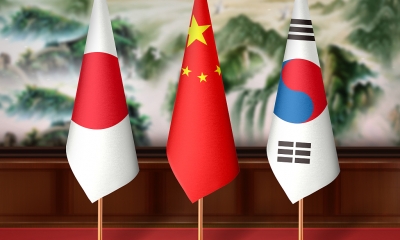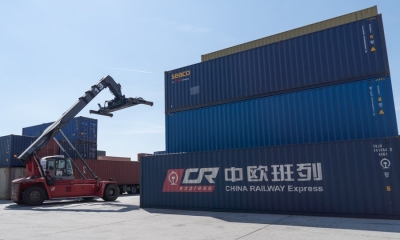Understanding How CPC Seeks to Make China a Safer, Healthier and Stronger Country
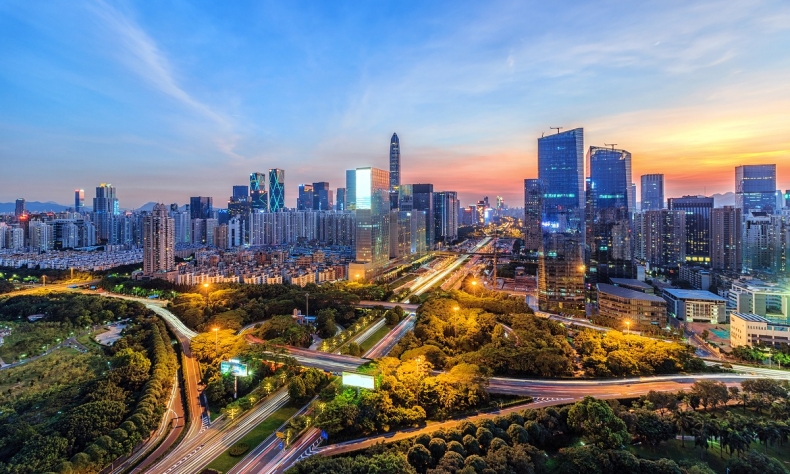
How has this revitalization been accomplished in less than 100 years? As an outsider, and a person fascinated by history, I attempt here to answer that question.
China will celebrate a monumental event in the nation’s long history in a few days: the 100th anniversary of the founding of the Communist Party of China (CPC). As an American, I admit I lack the personal experience necessary to understand the depth of feeling the anniversary has for Chinese people all around the world. But I do know I can make an attempt at understanding how the modern-day CPC seeks to make China a safer, healthier and stronger country for all its citizens.
I remain curious as to how in a short period of time China has fundamentally transformed itself into what it is today: a country home to the world’s second-largest global economy; a country that has eliminated domestic poverty; a country modernizing seemingly at the speed of light; a country becoming a science and technology powerhouse; and a country consistently gaining international prestige because of its colleges and universities.
How has this revitalization been accomplished in less than 100 years? As an outsider, and a person fascinated by history, I attempt here to answer that question.
Of course, trying to condense into a few hundred words what has happened in a country the size of China means identifying merely a few examples, providing the barest of details and omitting plenty.
Consider, for example, the efforts in China’s northeast to rejuvenate what had been the country’s center of heavy industry and turn it into a key region for the internationally recognized the Belt and Road Initiative and a major connecting point to several nations. Working with the World Bank, a major project was undertaken a few years ago aimed at improving roads, modernizing traffic management and increasing reliance on mass transportation. Building on that success, a free-trade zone was established in the province of Liaoning to spur economic improvements domestically and internationally; and recently strong growth numbers were reported in the three area provinces. Progress can be slow, of course, but this region is especially vital because it quickly links China to Russia, North and South Korea.
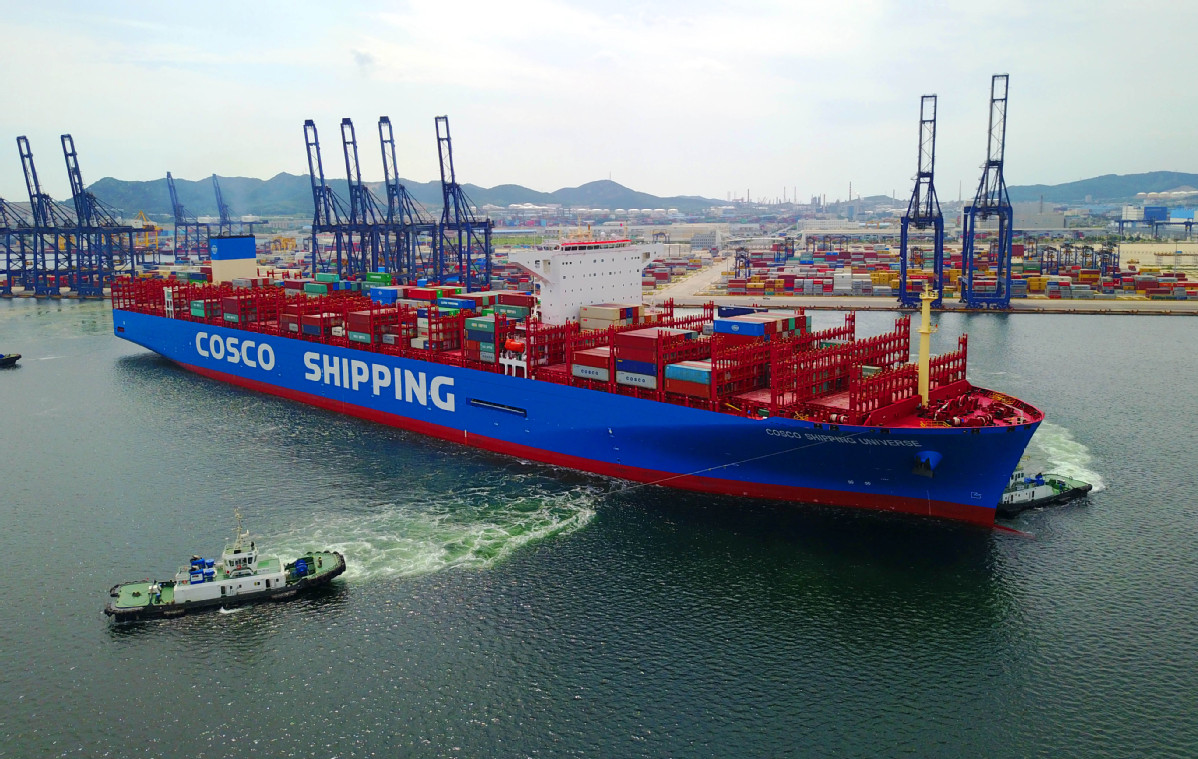
China’s rich agricultural regions also have been a strategic priority. Earlier this year, the Rural Revitalization Promotion Law went into effect. Regulations aimed at farmland protection and educating more people in modern agricultural practices are at the core of the law. Not to be ignored: The law also mandates a continuing commitment to smart environmental practices. Finally, the law promotes the countryside as positive and livable places and demands a higher standard of living for farmers.
The focus on poverty eradication has drawn international attention. The World Bank estimated that close to 750 million Chinese, or almost two out of every three citizens, lived in extreme poverty in 1990. By 2016, that number had been reduced to about 7 million, representing 0.5 percent of the population. Then late in 2020, China announced it had eliminated poverty in the country.
How did the CPC do it? According to one report, the government earmarked roughly 1.6 trillion yuan (approximately $246 billion) since 2012. A representative of the World Bank told the New York Times he had no doubt China had achieved the goal, and he was counting on the country to maintain policies aimed at improving economic conditions for all Chinese.
The United Nations Development Program also complimented China for fully embracing its Millennium Development Goals effort. The U.N. reported that grain production began growing in 2004 and hasn’t slowed down since. At the same time, education, health and safe-drinking water reforms all have improved the overall living conditions for millions of Chinese people, and China has gone a step further by sharing its successful programs with other countries.
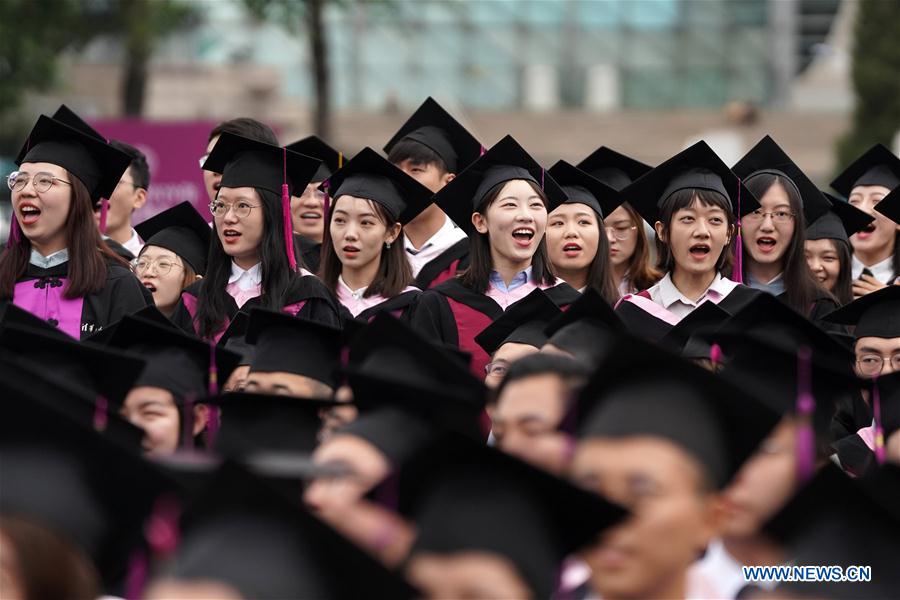
Finally, we look at the area of most interest to me as an educator: higher education. Not surprisingly, China’s college and university system is the largest in the world, and it also should come as no surprise that the largest cohort of students studying abroad come from China. More impressively, it is in China where more and more universities are inching up prestigious international ranking systems; currently, only the U.S. is home to more such ranked institutions.
Beginning roughly 30 years ago, the Ministry of Education of China launched Project 211, which identified about 100 universities across the country and specific academic disciplines as vital to 21st century China. Closely aligned with Project 211 is Project 985, which was created at about the same time. This project earmarks local and national funds to improve the educational resources and international outreach of select Chinese universities.
Because both projects are relatively new, only the sprouts of success are beginning to show. But there is every reason to believe that these sprouts will grow robust and strong in the years to come.
In 2021, China celebrates the 100th anniversary of the creation of the CPC. In 2049, the country will celebrate the 100th anniversary of the establishment of the People’s Republic of China. That 28-year window affords China with countless opportunities to build on successes and launch new ones. This American will be watching closely.
The article reflects the author’s opinions, and not necessarily the views of China Focus.
 Facebook
Facebook
 Twitter
Twitter
 Linkedin
Linkedin
 Google +
Google +






